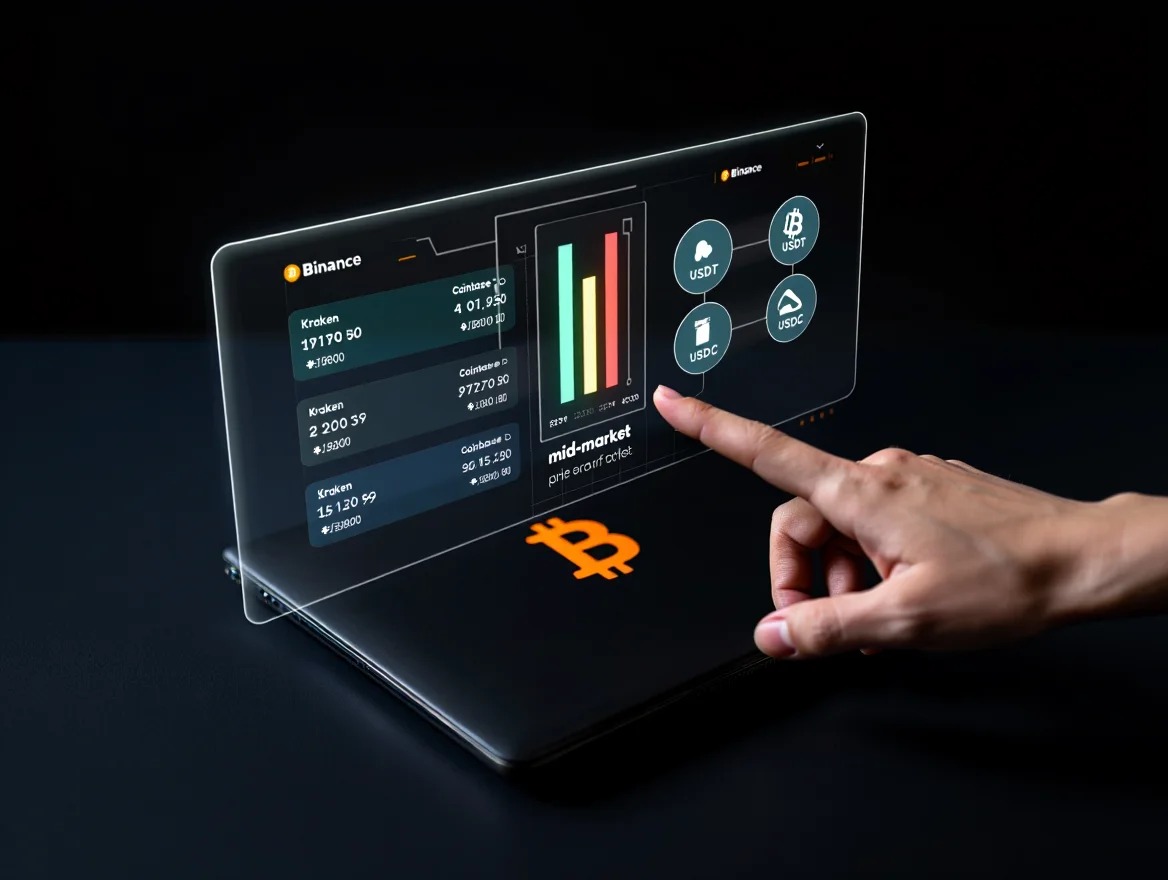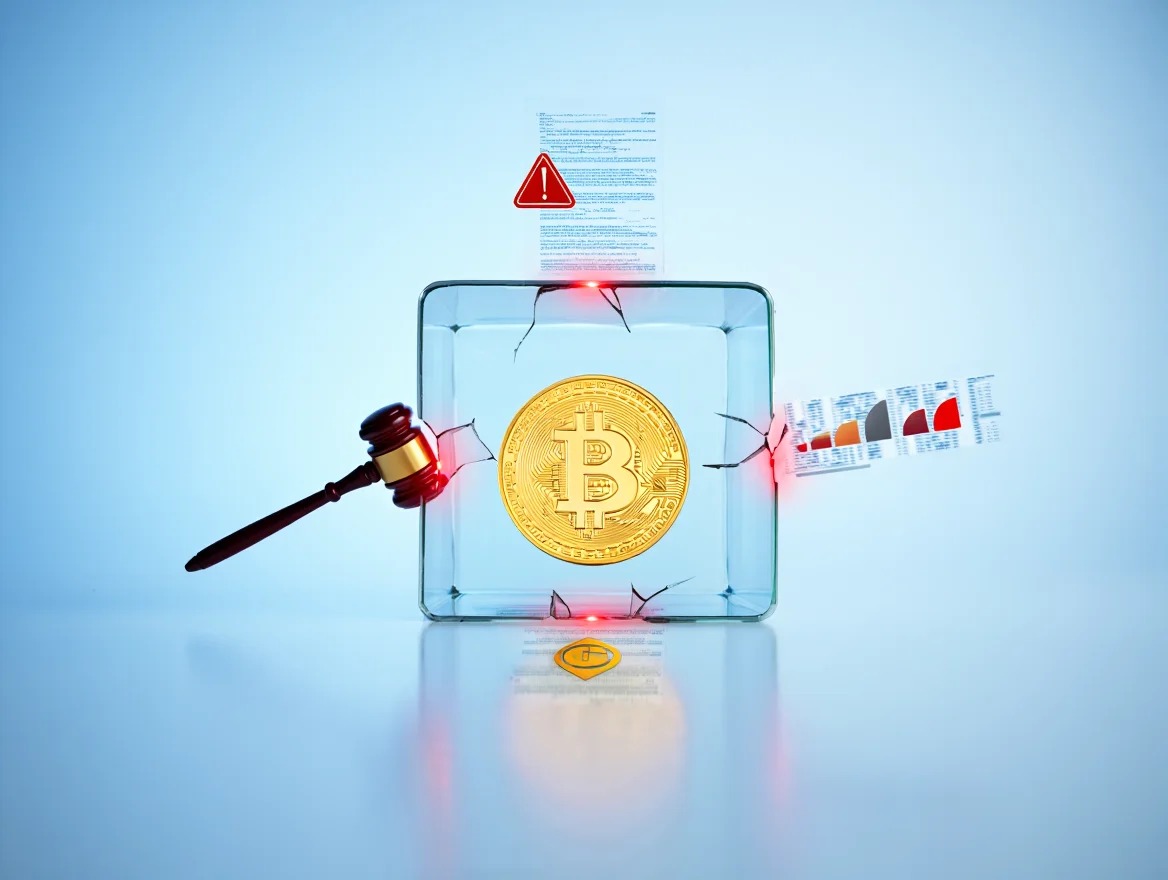How much are bitcoins worth today? As of June 26, 2025, the value of 1 Bitcoin is approximately $107,866, but that number is not fixed. It fluctuates every minute, influenced by market demand, supply scarcity, geopolitical news, and investor sentiment.
Bitcoin’s price is one of the most searched-for metrics in the financial world today. Whether you’re just entering the crypto space or simply trying to understand what makes this digital asset so volatile, this guide provides a comprehensive breakdown of how Bitcoin’s value is determined, where to check its current price, and what to watch out for in the near future.
See the latest Bitcoin price and gain deeper insight into what drives it. Let’s explore the full picture together with Vietnam-US Trade.
1. How much are Bitcoins worth today?
Bitcoin’s current price varies slightly depending on which platform or exchange you refer to. At the time of writing, 1 Bitcoin is trading at:
| Exchange | Price (USD) | Update Frequency |
| Binance | $107,890 | Real-time |
| Coinbase | $107,866 | Real-time |
| Kraken | $107,872 | Real-time |
| CoinMarketCap | $107,866 (avg) | 5 seconds |
| Google Finance | $107,860 (delayed) | 1 minute |

How to check Bitcoin price in real time:
- Visit live tracking platforms like CoinDesk, CoinMarketCap, or TradingView.
- Use Google search: “Bitcoin price” for a quick snapshot.
- Install mobile apps such as Blockfolio or Binance for push notifications.
Tip:
Prices may vary slightly across platforms due to factors like liquidity, regional demand, or fee structures. For most retail users, CoinMarketCap or Google search results for “how much are Bitcoins worth” will give a reliable average price reference.
2. What determines the value of Bitcoin?
Bitcoin’s price isn’t controlled by any central authority. Instead, it’s shaped by a complex mix of factors like supply scarcity, speculative demand, market news, macroeconomics, and investor psychology. If you’re wondering how much are Bitcoins worth right now, understanding these drivers can help you make sense of the fluctuations.

2.1 Supply and demand
Bitcoin has a capped supply of 21 million coins. As more people buy and hold, the circulating supply tightens, pushing prices up. Conversely, when holders sell off, prices fall.
Real-world example: When Tesla announced it had purchased $1.5 billion in Bitcoin in 2021, demand spiked, and so did the price, jumping nearly 20% within a week.
2.2 Bitcoin halving events
Every four years, the rewards for mining Bitcoin are halved. This event, known as a halving, reduces the rate at which new Bitcoins enter circulation effectively tightening supply. As a result, many investors speculate upward pressure on price, directly influencing how much Bitcoins are worth over time.
Insight:
The last two halving events (2016 and 2020) were followed by significant bull runs, during which the market saw dramatic increases in how much Bitcoins are worth, reinforcing the correlation between halving cycles and long-term price appreciation.
2.3 Macroeconomic conditions
Interest rates, inflation, and monetary policy in the U.S. and global economies play a significant role. When inflation rises, investors often look to Bitcoin as a hedge, increasing its demand.
2.4 Market sentiment and media coverage
FOMO (fear of missing out) and FUD (fear, uncertainty, doubt) can lead to rapid price movements. Tweets from influential figures (like Elon Musk) or breaking news can trigger volatile swings.
2.5 Institutional adoption
Large firms and financial institutions embracing Bitcoin adds legitimacy and drives higher valuation.
Example: BlackRock’s approval to launch a Bitcoin ETF signaled confidence in Bitcoin as an asset class, contributing to a market rally.
View more:
- What is Discord? A Guide to Using the Software Effectively
- What is Payeer Wallet? Essential Information About Payeer Wallet
- What is a Payoneer Card? Complete Guide to Payoneer Card
3. How is Bitcoin price calculated?
If you’ve ever asked how much money are Bitcoins worth, the answer depends on where and how they’re being traded. Unlike fiat currencies, Bitcoin has no central authority setting its price. Instead, its value is determined by real-time supply and demand across hundreds of cryptocurrency exchanges globally.
Each platform matches buyers and sellers, and the most recent trade becomes the current price. This means Bitcoin’s price may vary slightly between exchanges like Binance, Coinbase, or Kraken but all reflect what the market believes it’s worth at that moment.

3.1 Order book mechanics
Each exchange has its own order book, a real-time list of buy (bid) and sell (ask) orders. The current price is typically the last matched transaction, i.e., where a buyer and seller agree on a price.
Example:
- Buyer wants to buy 1 BTC at $107,800 (bid)
- Seller wants to sell 1 BTC at $107,900 (ask)
- The price remains between these two until someone accepts the other’s price.
3.2 Why prices vary across exchanges
- Liquidity: Larger platforms tend to have more trades per second, leading to tighter spreads and faster price discovery.
- Fees: Some platforms build fees into the displayed price.
- Geographic demand: Regional supply-demand mismatches may create minor price differences.
3.3 Role of stablecoins
Many exchanges use stablecoins like USDT (Tether) or USDC to quote Bitcoin prices, especially in global markets. These may introduce small deviations from direct USD pricing.
Illustration:
| Platform | BTC/USDT Price | BTC/USD Price | Spread |
| Binance | $107,868 | $107,890 | $22 |
| Kraken | $107,871 | $107,872 | $1 |
These spreads are small but can be meaningful for active traders.
4. Can Bitcoin become worthless?
While unlikely, it’s a question worth considering especially if you’ve ever wondered how much are my Bitcoins worth in the long run. Like any asset, Bitcoin isn’t immune to extreme scenarios such as technological failures, global regulatory bans, or loss of public trust.
Understanding these risks is key to forming a balanced view of its value and protecting your investment against worst-case outcomes.

4.1 Regulatory crackdowns
If governments impose outright bans on Bitcoin trading or ownership, demand could collapse. For example, when China banned crypto mining in 2021, Bitcoin’s price fell by over 40% in the following weeks.
4.2 Technological failures
A critical bug or failure in Bitcoin’s protocol could cause panic. Though the code is open source and constantly audited, software isn’t infallible.
4.3 Loss of trust
Should a significant percentage of users lose trust in its value or utility, Bitcoin’s network could suffer. Trust is what keeps the decentralized system alive.
4.4 Superior competition
If another digital asset emerges with better scalability, lower fees, and broader adoption, Bitcoin could lose dominance. Ethereum and newer Layer 1 chains already challenge Bitcoin’s utility.
Balanced view:
Despite these competitive threats, Bitcoin’s longevity, high level of decentralization, and increasing institutional interest continue to reinforce its core value. These factors remain critical in determining how much are bitcoins worth, especially during times of market uncertainty or macroeconomic shifts.
5. Where is Bitcoin’s price heading?
If you’re asking how much are bitcoins worth, you’re not alone many investors check daily prices while trying to anticipate where it’s going next. Forecasting Bitcoin’s future value involves analyzing technical indicators, market cycles, and macroeconomic conditions.
While no one can predict the price with certainty, models like stock-to-flow, sentiment analysis, and on-chain data offer clues about potential trends.

5.1 The Bitcoin 4-year cycle
Historically, Bitcoin has followed a pattern tied to its halving cycle. Prices usually surge a few months after halving, then enter correction phases.
| Year | Event | Price Movement |
| 2012 | 1st Halving | $12 → $1,100 |
| 2016 | 2nd Halving | $650 → $19,000 |
| 2020 | 3rd Halving | $9,000 → $69,000 |
| 2024 | 4th Halving | TBD → ?? |
5.2 Institutional forecasts
- Fidelity sees Bitcoin reaching $500,000 by 2030 if it captures even a small slice of gold’s market cap.
- Bloomberg analysts suggest Bitcoin could surpass $150,000 by 2026, depending on ETF inflows and adoption pace.
5.3 Technical indicators
Moving averages (MA), Relative Strength Index (RSI), and on-chain metrics like NVT ratio offer clues about short-term market tops and bottoms.
Related reads to deepen your knowledge:
6. Frequently asked questions (FAQs)
6.1 What is the current price of 1 Bitcoin in USD?
As of June 26, 2025, the price of 1 Bitcoin is approximately $107,866 USD, but this changes frequently based on exchange and market dynamics.
6.2 Why does Bitcoin’s price change so often?
Bitcoin’s price fluctuates due to supply-demand dynamics, media sentiment, macroeconomic indicators, and geopolitical developments.
6.3 Is Bitcoin’s value the same on all exchanges?
Not exactly. There are small differences in price across exchanges due to liquidity, fees, and regional market activity.
6.4 Can I check Bitcoin’s price in my local currency?
Yes. Most exchanges and tracking platforms allow users to view Bitcoin’s price in major global currencies, including EUR, GBP, JPY, and VND.
6.5 Does Bitcoin still have potential for growth?
Many analysts believe Bitcoin still has long-term growth potential, especially as institutional adoption and regulation evolve.
7. Conclusion
How much are Bitcoins worth is a question that reflects far more than a number it signals how far Bitcoin has come as a digital financial asset. How much are Bitcoins worth today is influenced by real-time market forces, global sentiment, and its unique decentralized structure.
In this guide, you’ve learned:
- Where to find real-time Bitcoin pricing and why prices differ slightly across platforms.
- The fundamental and macroeconomic factors influencing Bitcoin’s value.
- How the Bitcoin price is calculated on exchanges and why stablecoins matter.
- The potential risks that could impact Bitcoin’s value, from regulation to competition.
- Where Bitcoin may be heading in the coming years and what experts predict.
Checklist recap:
- Track Bitcoin price using CoinMarketCap, Binance, or Google.
- Understand halving events and institutional influence.
- Recognize Bitcoin’s volatility drivers and pricing models.
Bitcoin remains a powerful reflection of digital innovation and financial evolution. Want to stay informed on Bitcoin’s future movements? Don’t forget to follow the Bitcoin category on Vietnam-UsTrade for the latest expert insights and market updates!





